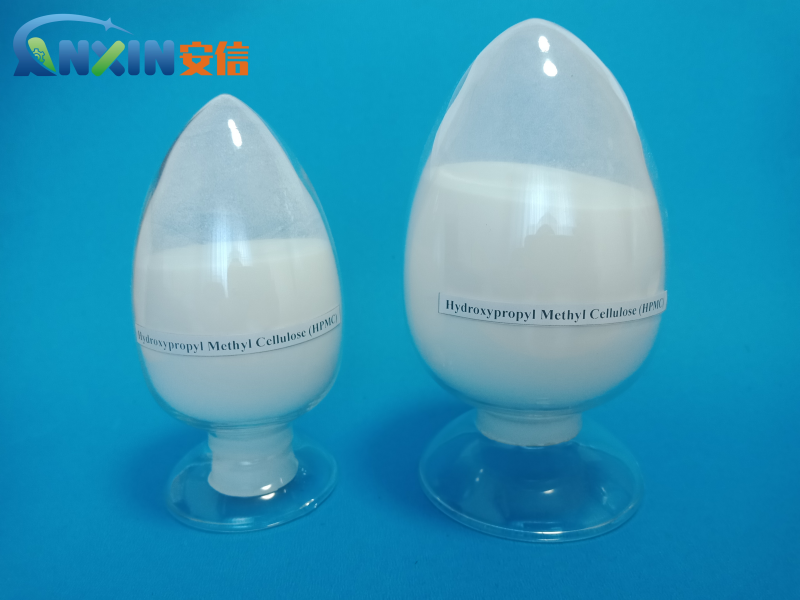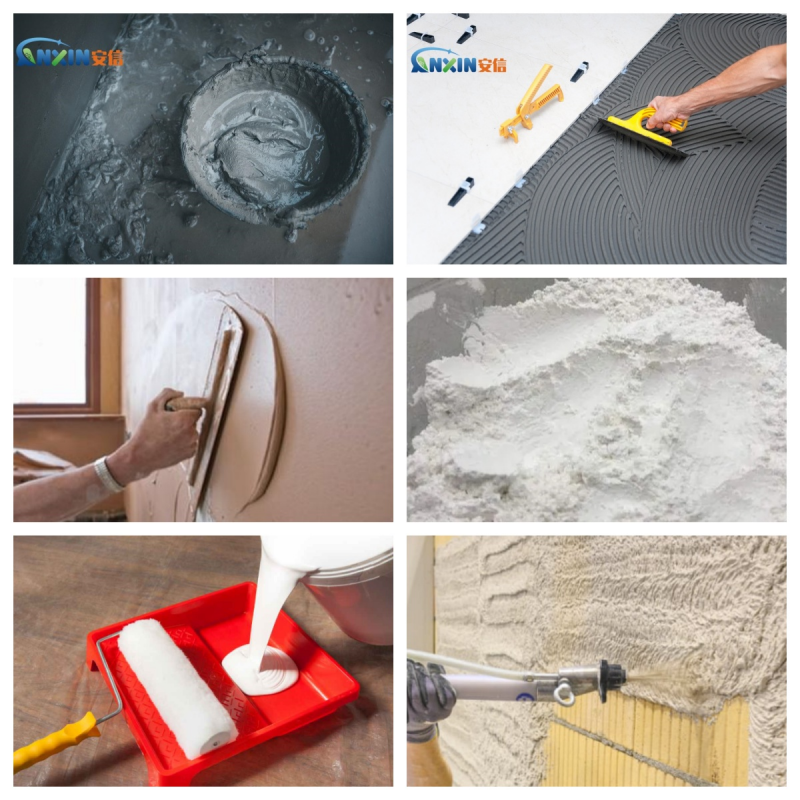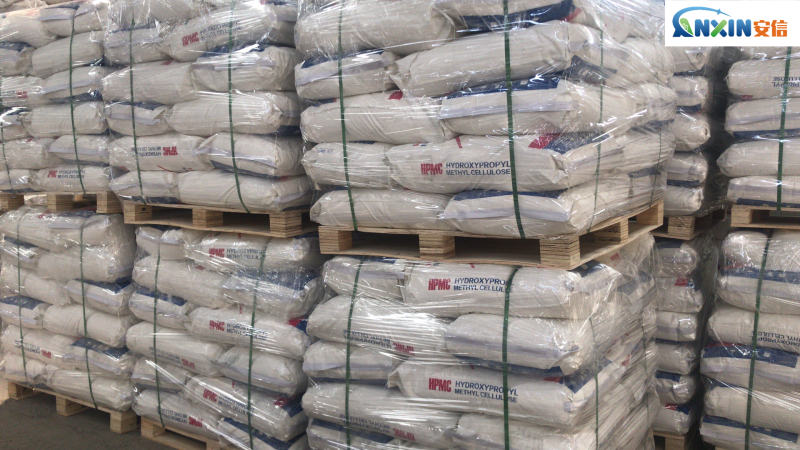Hydroxypropyl methylcellulose (HPMC) is a non-ionic cellulose ether widely used in the building materials industry. Its main role in building materials is to enhance construction performance, improve the water retention and adhesion of materials, and improve the processing performance of materials. HPMC has become an indispensable additive for many construction products due to its excellent chemical and physical properties. It is widely used in building materials such as cement mortar, tile adhesive, putty powder, coatings, and gypsum products. The following are the characteristics and benefits of HPMC in building materials:
1. Characteristics of HPMC in building materials
Excellent water retention
One of the most notable features of HPMC is its excellent water retention. In cement-based and gypsum-based materials, HPMC can effectively reduce water loss, prevent early drying of cement and gypsum, and improve the integrity of hydration reactions, thereby enhancing the strength and adhesion of materials.
Improve construction performance
During the construction process, HPMC can improve the workability of mortar and make construction smoother. It can effectively improve the lubricity of materials, reduce friction during construction, make scraping more uniform and smooth, and improve construction efficiency.
Enhanced adhesion
HPMC can enhance the adhesion of substrates such as cement and gypsum, so that products such as mortar, putty powder, and tile adhesive can be more firmly attached to the base surface, reduce problems such as hollowing and falling off, and improve the service life of building materials.
Adjust material consistency
HPMC can adjust the viscosity of building materials to prevent mortar from stratifying, bleeding or sagging during mixing and construction, so that it has better suspension and uniformity, and improves construction effect.
Extended operating time
HPMC can effectively extend the open time of materials such as mortar and putty, so that construction personnel have more time to adjust and correct, improve construction quality, and reduce material waste.
Improve anti-sagging
In tile adhesive and putty powder, HPMC can improve the anti-sagging ability of the material, so that it remains stable after construction and is not easy to slide, and improve the accuracy and aesthetics of pasting.
Weather resistance and stability
HPMC can still maintain its performance in high temperature, humidity or harsh environment, ensuring the long-term stability of building materials, and will not affect the construction quality due to environmental changes.
Environmental protection and non-toxic
As a natural cellulose derivative, HPMC is non-toxic and harmless, meets environmental protection requirements, and can be used in green building materials.
2. Specific applications and benefits of HPMC in building materials
Cement mortar
HPMC can enhance the water retention of cement mortar, prevent the mortar from drying too quickly, reduce the risk of cracking, improve adhesion, make construction smoother, and improve anti-sagging, so that the mortar is not easy to slip when constructing vertical walls.
Tile adhesive
In tile adhesive, HPMC improves bonding strength and anti-slip properties, ensuring that tiles can be firmly attached, while enhancing the operability of construction, reducing rework, and improving construction efficiency.
Putty powder
In putty powder, HPMC can improve the construction performance of putty, make scraping smoother, reduce powdering, improve the adhesion of putty, and effectively prevent the putty layer from cracking and falling off.
Gypsum products
In gypsum-based building materials (such as gypsum putty, gypsum adhesive, gypsum board, etc.), HPMC can significantly improve the water retention of gypsum, enhance its bonding force, and make gypsum products more adaptable and durable.
Paints and latex paints
In water-based paints and latex paints, HPMC can be used as a thickener and dispersant to improve fluidity, prevent pigment precipitation, improve the brushing effect of the paint, and enhance the adhesion and water resistance of the paint film.
Self-leveling mortar
In self-leveling mortar, HPMC can improve its fluidity, make the mortar more evenly distributed during construction, improve the leveling effect, and enhance crack resistance.
Insulation mortar
In exterior wall insulation mortar, HPMC can improve the bonding strength of the mortar, make it better adhere to the wall, and at the same time improve the construction performance and ensure the stability of the insulation layer.
As a high-performance building additive, HPMC is widely used in various cement-based and gypsum-based materials. Its excellent water retention, thickening, enhanced adhesion and construction modification effects make it an indispensable component in the construction industry. While ensuring the performance of building materials, HPMC can also improve construction efficiency, reduce material loss, and improve building quality, providing a better solution for modern construction. With the development of construction technology, the application scope of HPMC will continue to expand and play a more important role in green and environmentally friendly building materials.
Post time: Apr-12-2025


